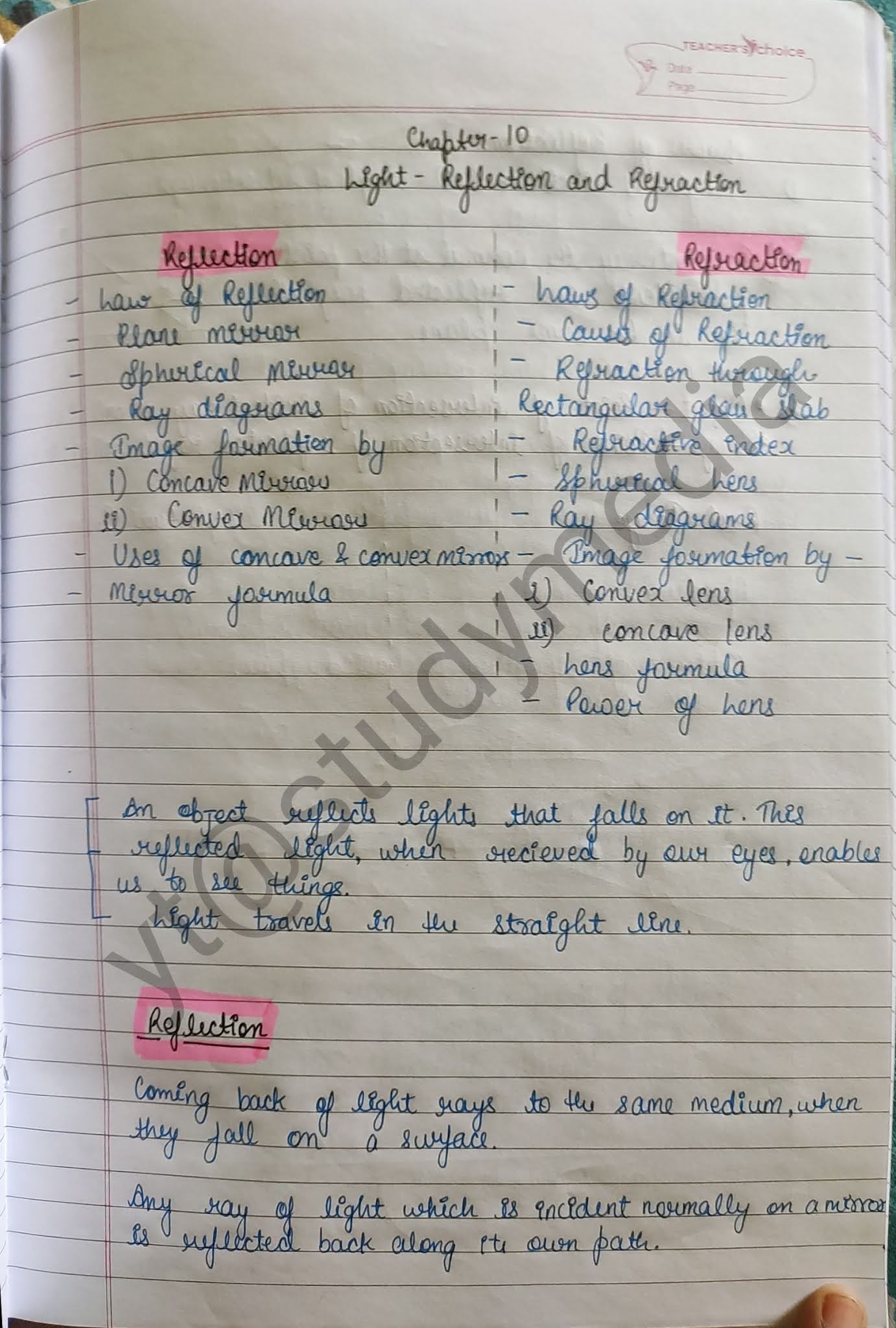CORE SOCIAL SCIENCE syllabus
C 1.4 CORE SOCIAL SCIENCE
Unit 1
Nature of Social Science: data, method and evidence to be discussed in the context of history, geography, civics, sociology and economics. Role of social science discipline in the learner's development. Significance of perspective and context in the study of social sciences. (Exemplars: 1857, Secularism/
Communalism).
Unit 2
Relationship between human experience and the growth of institutions (to be studied in the context of the following concepts): monarchy, aristocracy,imperialism, fascism, nationalism, democracy and citizenship. (These concepts could be taught with examples from a content area which may be thought fit-the emphasis however, should be on the teaching of concepts).
Unit 3
Relationship between human life, space and resources (to be studied in the context of the following) : movement from a subsistent economy to a surplus economy; demography and the distribution of wealth in society; spatial interaction (to be taught in the Indian context).
Unit 4
Study of the relationships and interactions of people in groups : culture, social
stratification and social change.
Unit 5
Project work: interconnections are to be drawn between the various disciplines
that fall within social sciences through project work, e.g.
(a) Study of a slum setting in terms of economics, subsisternce, politics, historical
memories.
(b) Take two products available to you as a consumer. Try and trace the process
by which it is made available to you from its raw form to a finished product.
Study the various factors of geography, economics, politics, history and
sociology that may have influenced it in one way or another.
READINGS
1. Bottomore, T. B. Sociology, George Allen and Unwin: London, 1971.
2. Bottomore, T.B. Ditionary of Marxist Thought, Basil Blackwell : Oxford, 1983.
3. Carr, E. H. What is History? Macmillan : London, 1962.
4. Ellis, Arthur K. Teaching and Learning Elementary Social Studies, Allyn and Bacon : Boston, 1991.
5. Horton, P. B. and C. L. Hunt. Sociology, Mc Graw Hill : New York, 1972.
6. IGNOU, Foundation Courses in Humanities and Social Sciences, FHS-1, Blocks 1-8, IGNOU: New
Delhi, 1998.
7. IGNOU, Introduction to Political Theory and Institutions, EPS-01, Blocks 1-8, IGNOU: New Delhi,
1993.
8. International Encyclopedia of Social Science. The MacMillan Co. : New York, 1968.
9. Jarolimek, John. Social Studies in Elementary Education, Macmillan : New York, 1992.
10. Kumar, Krishna. Learning from Conflict, Orient Longman : Delhi, 1996.
11. Popenoe, David. Sociology, Prentice Hall : Eaglewood Cliffs, 1980.
12. Srivastava, V. K. The Ethnographer and the People: Reflections on Field Work, Economic and
Political Weekly, June 15, 1991, 1-8.
13. .Barma Lal Bahadur Itihas ke bare mein Bhasha Prakashan Nai Delhi1979.
ADVANCED READINGS
1. Childe, V. Gordon. Social Evolution, Fontana Library, C.A. Watts: London, 1963.
2. Clark, Grahame. World Pre-History: A New Outline, Cambridge University Press : Cambridge,1971.
3. Geertz, Clifford. : The Interpretation of Cultures, Basic Books : New York, 1977.
4. Marshall, J.H. Sahlins. Stone Age Economics, Tavistock Publication : London, 1974.
5. Mills, C. Wright. The Sociological Imagination, Penguin: Harmondsworth, 1973.
6. Moore, Barrington. Social Origin of Dictatorship and Democracy: Land and Peasant in the Making
of Modern World, Pernguin: Harmondsworth, 1969.
7 Outhwaite, William and Tom Bottomore. (eds) Blackwell Dictionary of Twentieth Century Social
Thought, Blackwell : Oxford, 1993.
8. Srinivas, M. N. The Remembered Village, University of California Press: Berkeley, 1976.
9. Wiser and Wiser. Behind Mud Walls: 1930-1960. University of California Press : Berkeley, 1969.
samaji adhyan hindi reading
https://class9handwrittennotes.blogspot.com/2024/09/blog-post.html
what and why reading
https://class9handwrittennotes.blogspot.com/2024/09/blog-post_22.html


Comments
Post a Comment